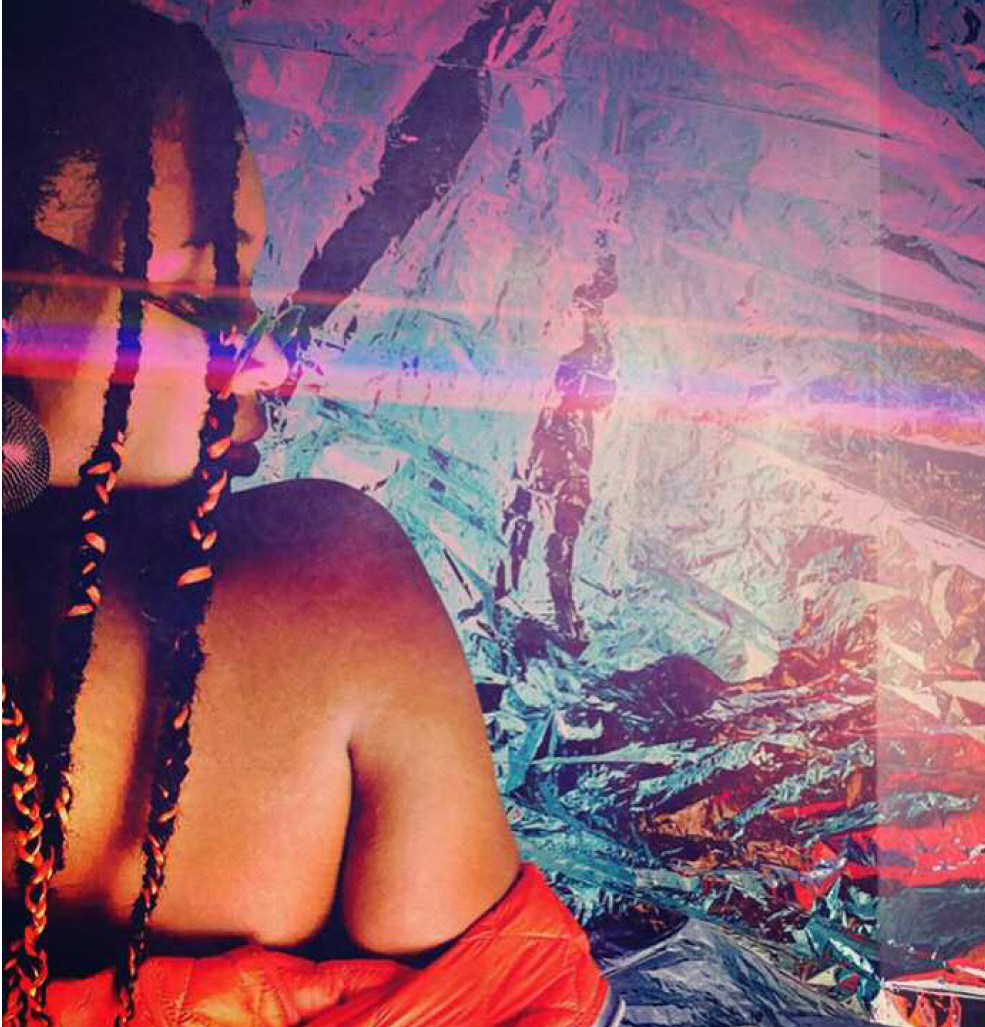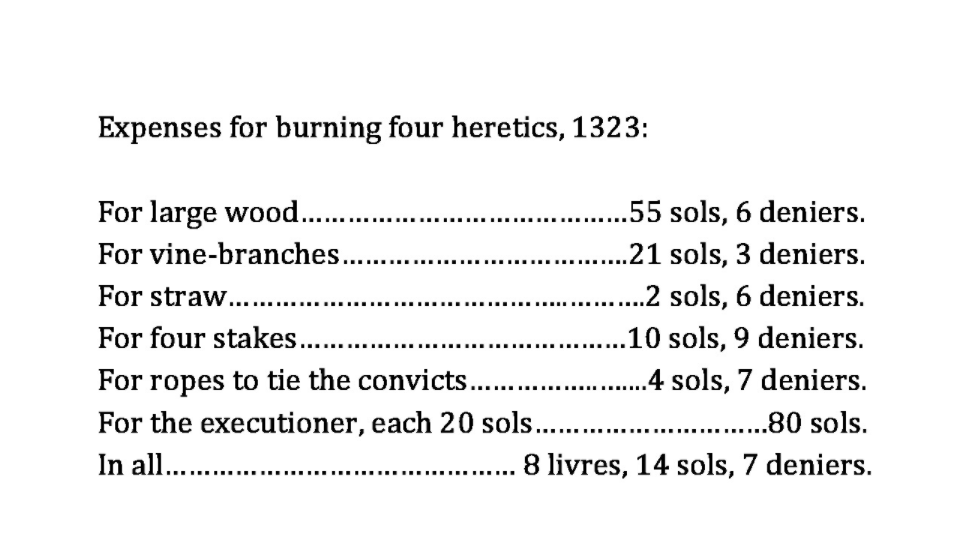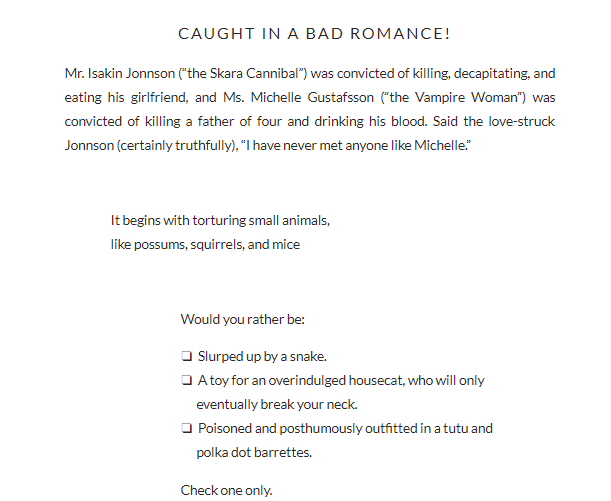
What’s Hanging on the Hush paints a pointillist picture. Lauren Russell’s debut full-length collection presents a range of lyric modes, polyphonic voices, fragmented text, and language experiments that weave together Foucault, the DSM-IV, hospital literature, newspaper articles, and a Lady Gaga HBO special. Russell uses the material to investigate identity, sexuality, loneliness, and grief, and the effect is a doubled pleasure — first, from the strange rhythms of the material itself, then from its role within a haunting chorus.
There is another effect of the objet trouvé and hybrid poetics of this diverse collection, and that is to call attention to a crisis of confidence of the authorial “I.” Russell leaves it to the reader to assume the proper viewing distance. Depending on where they stand, the collection as a whole can be either deeply personal or a strategic relinquishment of authorial subjectivity.
Russell’s book opens with “Transitive,” a poem that addresses Helen of Troy in H.D.’s book Helen in Egypt in which H.D. posits that Helen was not in Troy but in Egypt; she was an illusion. Russell pivots from Helen’s “identity crisis” to the speaker’s:
[…]
I feel least black around those who are confident
of their blackness. I feel least queer when told
I can’t be butch so I must be a femme.
I am I because I will never learn to drive
Life structured toward a pedestrian mobility.
I take a bus. Passing under numerous bridges.
And stop outside a museum. Beside a statue of Helen.
In Egypt or Troy? (Do I wear my skin like a costume
or a uniform? Do I wear my hair like a fountain?)
With this poem as staging, Russell sets out to explore what she refers to in a poem called “If You Dream You Are Floating in a Hot Air Balloon, A Lie in Your Life Is About to Inflate” as “my wandering I –.” In “Interstate,” the speaker meets a B&B proprietor who “wanted to know precisely where my DNA fit into some sort of scheme.” The answer cavorts, teases and is ultimately unsettled as Russell plays the phantom and the real against each other, crafting spiraling poetic structures and creating unexpected collisions along the way.
These multi-voiced poems are narratively accessible while being formally challenging. Checklists, questionnaires, fragmented letters and texts conspire into a clinical anti-poetry that serves the book’s authorial remove. “Unit” is a lyric that uses the cold terminology of intake forms, letters, and language from medical journals in lyric form. The found material subverts any sense of personhood behind these texts, and the reader feels that void pulsating in the white space. Imbued with a textual energy, it careers from chaotic to beautiful. “Hunt for the Unicorn” weaves narratives from 1944 trial of 14-year old George Stinney and the Spanish Inquisition with impressions of the 15th century Unicorn Tapestries. On the tapestries, unicorns live in “placid captivity,” and their undulations clash with the description of a woman’s torture; the hunt creates the backdrop for the tale of an execution, its verdict having shifted with time:
The unicorn, chased
by hunters and hounds,
is finally impaled
by somebody’s spear,
a dog at his back; his
head and neck retract.
As sister of one of the girls:
Everybody knew that he done it —
even before the trail they knew he done it.
But, I don’t think they had too much
of a trial.
A list of items and prices used for “burning four heretics” is sobering when listed baldly on the page. Isolated, the found material is simply data; woven into a pastiche of other voices, the images, to take a line from James Baldwin, bang into and reveal each other — by salvaging and re-contextualizing the material, Russell transforms it.

For the poetry series for New York Times Magazine, Terrance Hayes selected Russell’s Dream Clung, Gone and introduced it as “song [that] drifts around a story” that does so “in the ear as well as the eye.” In many ways, Russell’s collection circles this poem (with its wonderfully asynchronous last line). Ahsahta excerpts its most expectant lines on two pages before the title page in bold caps, including, “Three winters now and the Absence is restless.” Despite its calibrated, anti-poetic language, the collection does often feel like a songbook. It’s easy to get caught up in Russell’s powerfully conscious, feminist music. She is a maestro of sonics in poems like Throat to Ink, Ink to Fin:
[…]
When I was nine, calluses
on my palms from monkey bars,
I sang No man can a hinder me,
barring no note swung
vibrato lunge. But the end
of last summer hung
on a mockingbird song:
And the mockingbird
can sing like the crying
of a dove, the note bent
around a long vowel
strain, and notes
stuck to a mirror, and ink
tripped in the glass, fluke
and flippers rising back.

In fact, Russell uses sound with meaning often. This is the influence of Harryette Mullen, a poet Russell has credited in interviews. Mullen’s work features formal experimentation in books such as Sleeping with the Dictionary, and bluesy, culturally pointed verse in Muse & Drudge. She explores, as Russell does, sexuality, femininity and domesticity through the culture’s language. Mullen characterizes her own work as “Words, images, ideas, transforming surplus cultural information into something unexpected.” It’s an interesting influence for a contemporary book, but Mullen is part of What’s Hanging on the Hush in homage and vibe.
First, here is Mullen in a section excerpted from Muse & Drudge:
self-made woman gets
the hang — it’s a stretch
she’s overextended weaving
many spindly strands on her hair loom
walking through the alley
all night alone
stalked by shadow
throw the black cat a bone
step off bottom woman
when the joint gets jinky
come blazing the moment
the hens get hincty
raw souls get ready
people rock steady
the brown gals in this town
know how to roll the woodpile down
Now, here’s Russell’s “Woman In Red” in its entirety:
besotted flush to vamp about
pied piping too toned to blush
flaunts a small dog, crows a cow mad
last to faint, can’t recant
voluminous kilt and knick for kicks
swiveling coast collisionscope
hat’s hip to hair travails
rigged to goad and twist a trope —
flicks a fat valorous badge that says
too hot to sizzle, too fast to tread
Russell may owe some of her sassy humor and crafty playfulness to Mullen, though she owes a debt to mentor Hayes as well, who for years has relied on a toolbox of techniques and self-imposed forms ranging from using words from the Daily Jumble to the pioneering Golden Shovel to arrive at something revelatory. Picking up the trail, Russell employs same-letter substitutions to re-create famous texts, enjoys pitting Liza Minnelli against Osama bin Laden, applies the old switcheroo to God and Satan. Lady Gaga commingles with taxidermied mice in the wonderfully horrific “Of Mice and Monsters,” a microcosmic world of the weird that probably shouldn’t be funny, excerpted here:

Worth closing the viewing distance on this pointillist picture are intimate poems such as “October Late-Night Elegy and Begotten, Not Made.” They present a speaker unmoored by grief and a life shaped by it. The collection ends with a free-wheeling open composition “___ Than Cake” (a riff on sex being better than cake), which interrogates solitude and the marginalization of those considered asexual through a spiral of recipes, documentary excerpts, and cultural flotsam. The result is a compelling collage that makes the appetizing and the suggestive indistinguishable.
[…]
Studies fail to differentiate between choice and circumstance, though nearly a third of non-cohabitating women between the ages of eighteen and sixty
butter browning whipped puff
beaten, creamed, and almost crushed
sugar petal pinched a blush
honey, soften up your dates
toothpicks testing half-baked cakes
[…]
“I believe that solitude has many windows, and I rely / on the breeze,” says the speaker of “Begotten, Not Made.” Russell is so often engaged in balancing multiple forces in syntax and in content, I wondered if it was a lyrical and formal straddle intended to evade assertions. Is a cause of death syphilis or strychnine? Is the bottle of disinfectant last used by a lost love packed in “Sentimental stuff” or “Misc Bathroom?” Is that them, or just a passing face on a screen? It is an equally difficult proposition to classify blackness or to classify sexuality. Is singleness loneliness or just alone? With so many options, one doesn’t have to choose. Ultimately, it is up to the reader to synthesize this chorus of heterogeneous voices into its full range of tones, that is, to pull the whole into focus. But if the observer is too far, a distant object can be impossible to categorize, as the proprietor who wants to fit the speaker into “some sort of scheme.” When does that space become unbridgeable, obscuring the whole altogether?
The poem that provides the collection’s title is “The Wind Is Rising,” a formal dance of lineated stanzas and a prose stanza. It interconnects the hit-and-run death of the speaker’s grandparents and bluesman Robert Johnson who, in an echo of H.D.’s real and illusory Helen, “missed his Carnegie Hall debut, and his ghostly recording went instead.” The titular line, both object and question, quivers with indeterminacy: a hush, hanging, suspended between something voiced and something silenced, somewhere between sky and earth — a crossroads. It speaks perfectly to this book’s chorus of lost, found, and fragmented voices aching to be received. An absence lingers, and the absence is restless.
Salvaging Silences in Lauren Russell’s What’s Hanging on the Hush was originally published in Anomaly on Medium, where people are continuing the conversation by highlighting and responding to this story.
